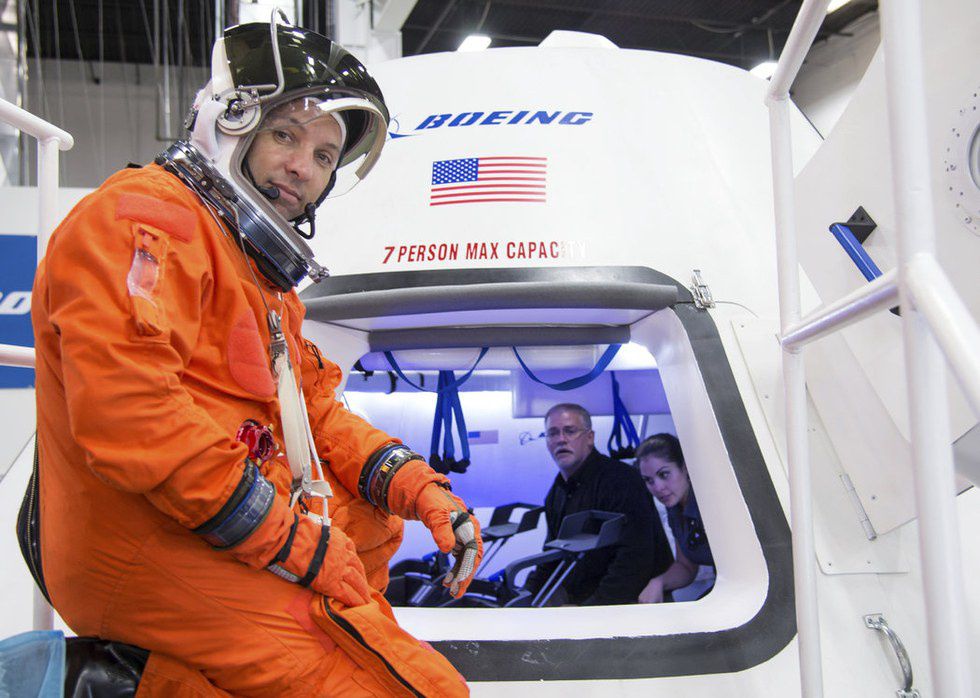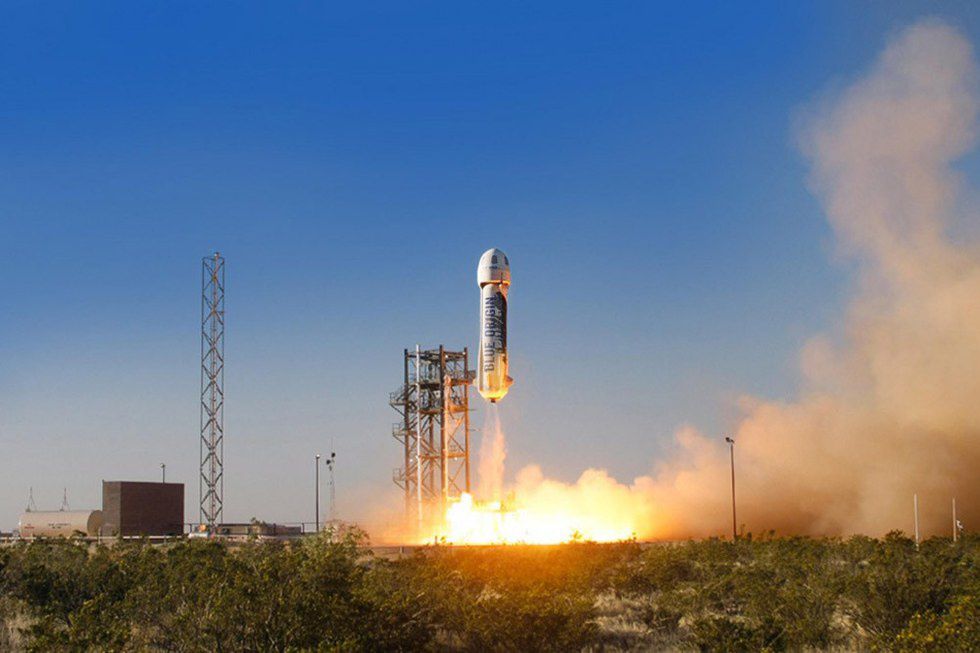I’ve griped before about NASA’s lack of funding, and the
modern lack of interest in space travel. After all, 40 years ago we went to
the moon, but we haven’t been back since the 70s and we haven’t made any
serious headway since then. Sure, we’ve improved on space travel enormously and
have sent unmanned probes to just about every object in our solar system larger
than the Moon, but we haven’t sent any people to them. No human being has gone
farther than the moon, and we haven’t even been back there in decades. Not even
to visit.
This is a serious problem and is the evidence for a significant lack of foresight on behalf of the government. Resources are perilously finite on Earth, and with our exploding population size it’s only a matter of time before we run out of everything. The only real option we have is to spread outwards into space and colonize other celestial bodies, but that’s a bit hard to do if the space program receives only 0.05 percent of the national budget.
Thankfully, in recent years especially, private corporations
are stepping up to the plate to fill in and provide the scientific
breakthroughs we so desperately need.

One of the biggest expenses of space travel are the rockets
themselves, which almost never leave the Earth’s atmosphere. They go up,
carrying their payload with them, and then blow up or burn out when they fall
back to the surface. This is remarkably inefficient, but Blue Origin is working
to fix that problem.
Recently, they managed to create a rocket and reuse it not once, but twice after its maiden voyage. This rocket flies up close to the edge of the atmosphere, ejects a probe into near-space, and then descends back to earth and touches ground safely on a landing pad.

Away from the technological aspects and closer to the
financial side, there’s even more hope for the future of space travel. Congress
recently passed a bill allotting an extra $19.5 billion to NASA, essentially
more than doubling their budget for this year. But it comes with an addendum-
this money, in its entirety, is to be used solely to further a manned mission
to Mars.
Things are looking up in the world of space exploration. If
things continue this way, it’s only a matter of time until we all have time
shares on Olympus Mons.




















